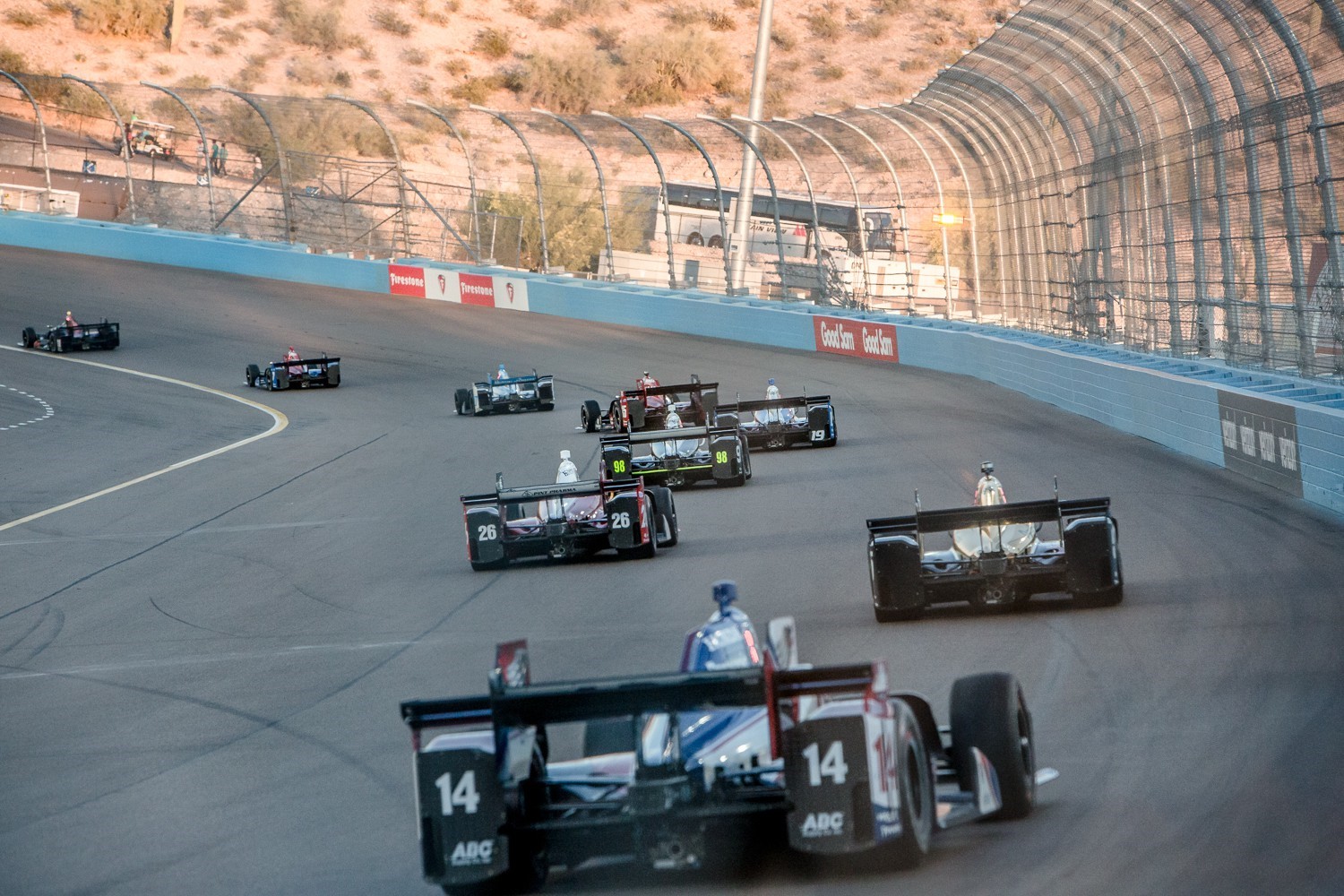Honda IndyCar drivers still complaining about ‘domed skids’
| Once again IndyCar gets it wrong. Watch video at end of this article – the cars were flipping at Indy last year when they turned backward (not sideways) and air got into the 'open butt bumpers'. Once they closed them the cars stopping flying through the air. The Butt Bumpers will be closed for 2016 and the cars will not fly through the air. |
Helio Castroneves has no desire to be airborne and upside down again at Indianapolis, and IndyCar is making changes in hopes of preventing scary flips at high-speed tracks.
"For safety, that's what we're looking at," Castroneves said Tuesday during testing in Texas that included curved plates affixed to the bottom of cars to help prevent them from flying into the air after spins. "It doesn't matter what car it is."
Those domed skid plates are among significant changes the IndyCar Series has made since May, when Castroneves, Josef Newgarden and Ed Carpenter — all driving Chevrolets — went airborne in separate incidents at the Brickyard leading up to the Indianapolis 500.
There have also been the additions of NASCAR-looking flaps behind the chassis and more tethers to keep pieces from flying off the car, as in what happened at Pocono in August, when British driver Justin Wilson was struck in the head by debris. He died the following day.
Castroneves, Newgarden and Carpenter were among 15 drivers from five teams who took part in a daylong test at Texas Motor Speedway. There had been previous tests with the curved plates, which add downforce and help keep cars grounded if they get sideways, at California and Indianapolis.
Honda drivers have complained that those domed skid plates, which also raise the car, make their cars difficult to handle.
"They make a difference. My car is, like, pretty loose here today. It was really loose at testing in Indy," Graham Rahal said of his Honda. "It definitely affects my car a lot."
Even though the 1.5-mile, high-banked Texas track is different than the 2.5-mile layout at Indianapolis, Castroneves said teams will benefit in Indy from the testing with the same aero package in the Lone Star State.
"I don't think it's that big of a deal," Carpenter said of the added domed skid plates. "I think it's just something our competitors really like to talk and complain about."
Newgarden, sitting next his teammate and team co-owner, responded, "I agree."
 |
| Closed Butt Bumpers on the Superspeedways in 2016. Honda runs them at all tracks (see above), but that is making their cars slower than the Chevys, which run open Butt Bumpers on short ovals, road courses and street circuits. |
Rahal said he hates that domed skids have become a topic of conversation leading up to the 100th running of the Indianapolis 500 later this month.
"We should just be talking about how great the Indy 500 is. Instead, we're talking about domed skids, which nobody even knows what the heck that is, other than us," Rahal said. "But it does affect the car, and we're going to have work hard to make up for it."
Marco Andretti and Ryan Hunter-Reay, two other Honda drivers testing in Texas, never appeared at the media session during the midday break.
Along with changes made before last year's Indy 500, IndyCar mandated the use of closure panels on the rear wheel guards for the remaining three superspeedway races of 2015. Those panels were first used at Texas and then at California and Pocono Raceway.
Scott Dixon had a dominating run at Texas in June, as he won by 7.8 seconds over teammate Tony Kanaan in the fastest IndyCar race ever at the track. Dixon led 97 of the 248 laps in his Chevy, with an average speed of 191.940 mph in an accident-free race that had only two cautions.
Dixon pointed out that the domed skids aren't new to IndyCar. The feature was part of past generations of cars and was most recently used in 2011.
"You've got to look how much greater it is for the safety side of things. … You can't ignore that," Dixon said. "Yes, it's going to be more difficult to drive, but you have a right foot, and you have a team to try and work out the differences. Whether it affects one manufacturer more than the other is yet to be seen." ESPN/AP
